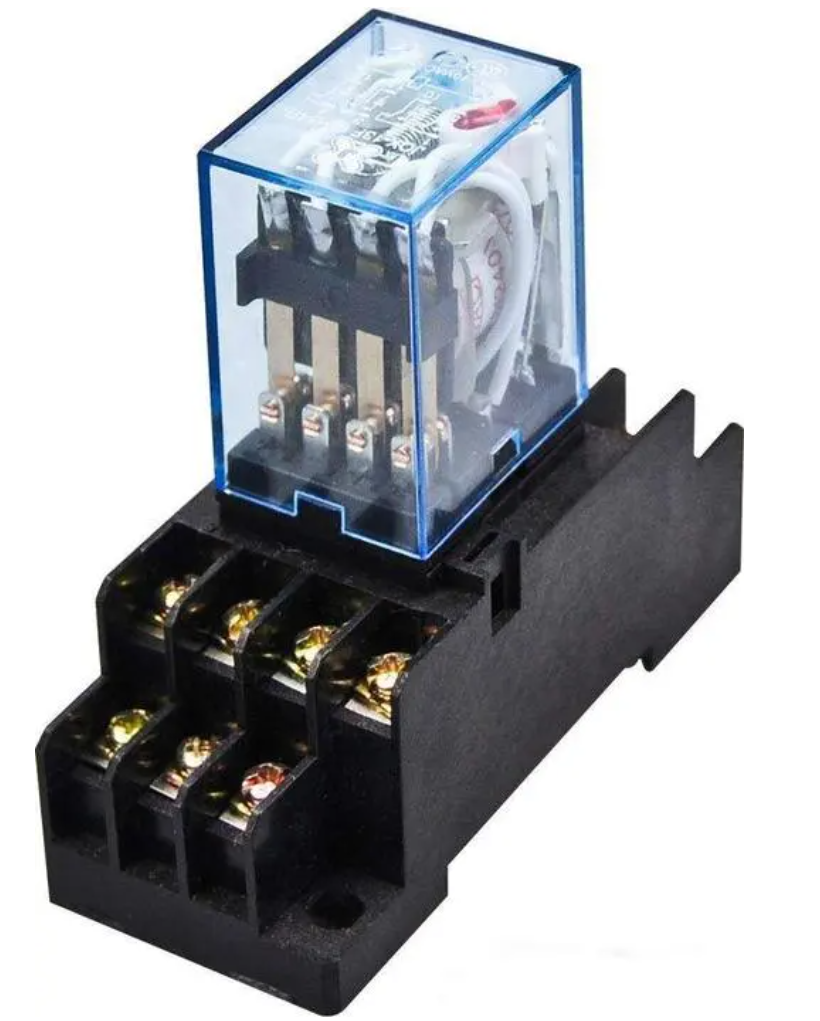In modern power systems, reverse power relays play a vital role. Different from conventional power directional relays, reverse power relays exhibit a series of unique characteristics and technical requirements, which make them play an irreplaceable role in the protection of power systems. By in-depth analysis of the working principle and characteristics of the reverse power relay, we can better understand its importance in maintaining the stability of the power system.
First, the design of the reverse power relay allows it to operate very close to its operating boundary, which is one of the most significant differences from general power directional relays. Conventional power directional relays are designed to work near the maximum sensitive angle. This design makes them less demanding in terms of accuracy in measuring the operating power, operating boundary and maximum sensitive angle. On the contrary, since the reverse power relay is often in a state of action boundary, it requires extremely high accuracy in measuring the active power to ensure that it can accurately respond to abnormal conditions in the system.

Secondly, from the working environment point of view, reverse power relays usually operate when the current is small and the voltage remains around the rated value. This characteristic contrasts with conventional power directional relays operating at higher currents and lower voltages. Specifically, when the generator operates with reverse power, the reverse power is relatively small. If the influence of reactive power is ignored, the current may be only 4% to 5% of the rated value. This means that the reverse power relay must have extremely high current sensitivity to ensure reliable operation even when the secondary current value is extremely small.
Finally, the application scenarios of reverse power relays are also different from conventional power direction relays. It not only needs to constitute a separate protection device, but also must set the operating power according to the specific operating conditions of the generator set. This requirement reflects the special status of reverse power relays in power system protection, that is, they must be able to flexibly adjust according to specific conditions to meet the protection needs of the system.
Based on the above analysis, we can conclude that the reverse power relay should at least meet the following technical requirements: First, it must have a high degree of action sensitivity, and its minimum action current (corresponding to the minimum action power) should be adjustable to less than 50mA to adapt to Different power system conditions. Secondly, the reverse power relay needs to have clear operating characteristics and high measurement accuracy to prevent power system stability problems caused by misoperation or refusal to operate.
Through an in-depth discussion of the technical characteristics and application requirements of the reverse power relay, it is not difficult to see that it plays an indispensable role in the protection of the power system. For power system designers and operation and maintenance personnel, understanding and correctly applying the characteristics of reverse power relays is the key to ensuring reliable operation of the power system.
